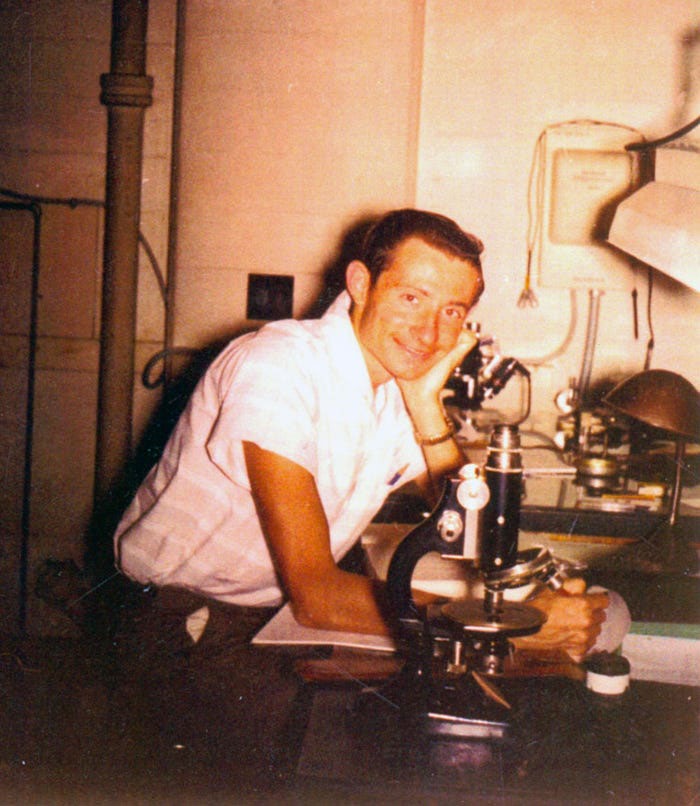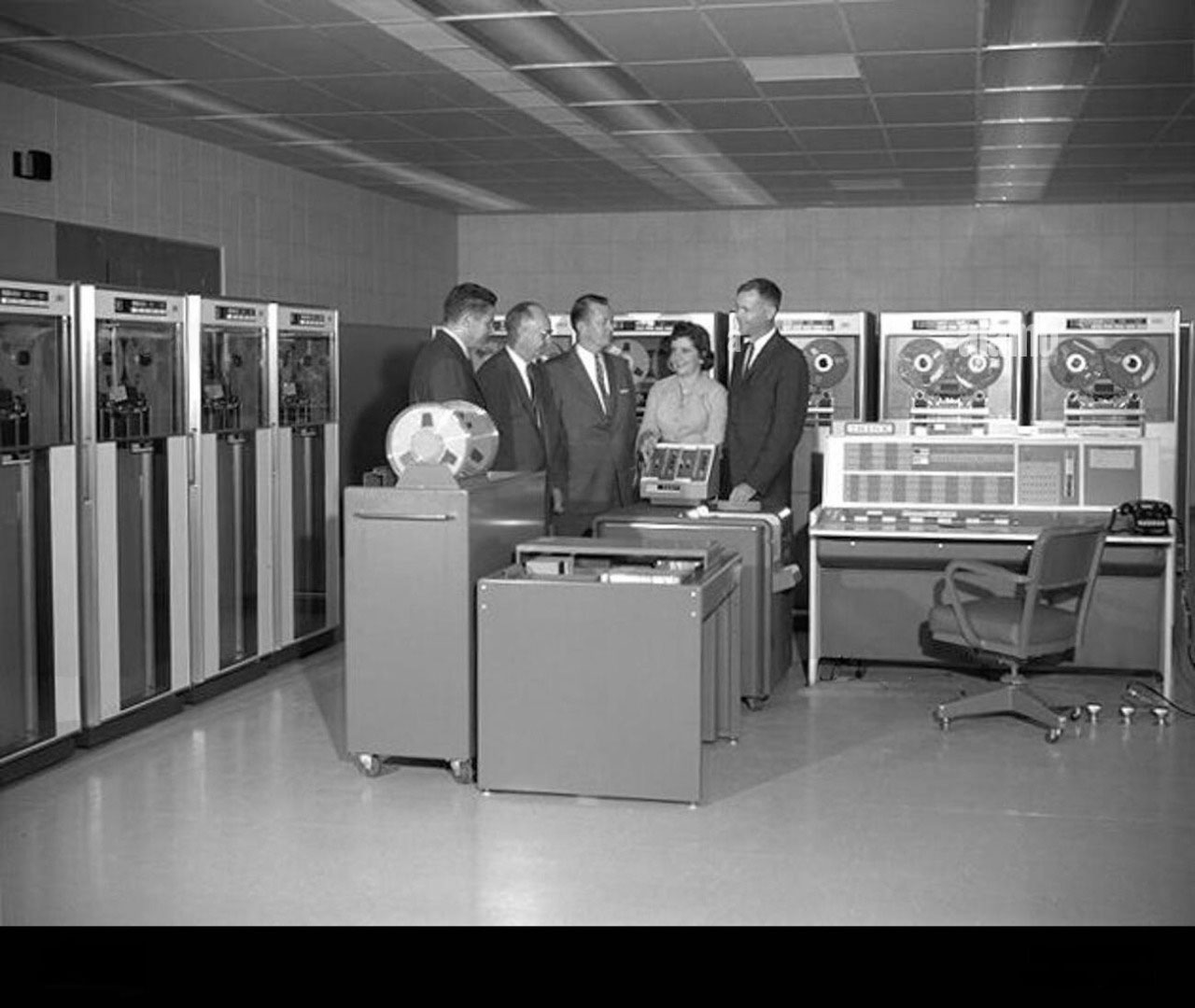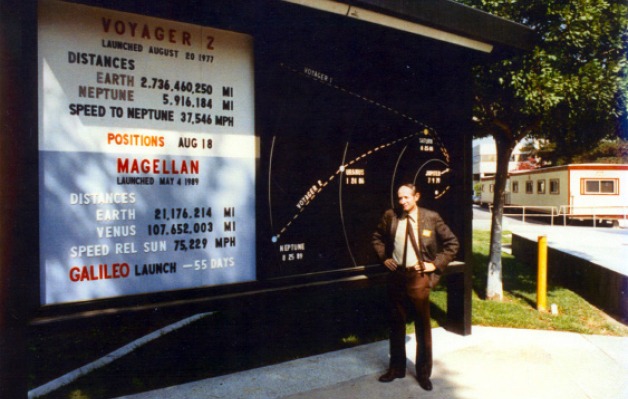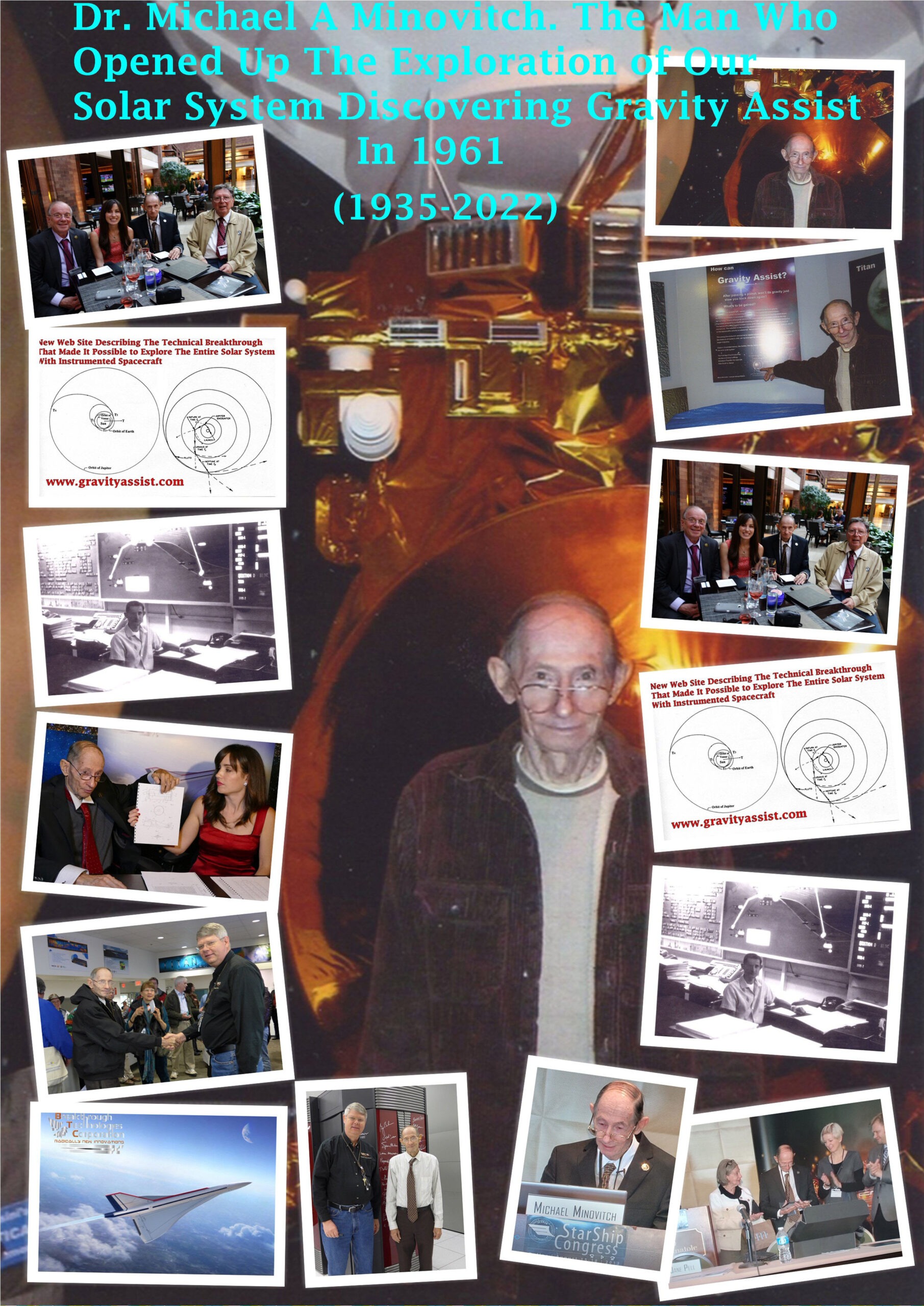Dr. Michael A. Minovitch spent his entire life developing and patenting undiscovered, breakthrough processes in the world of mathematics and science. Beginning with the first ever numerical solution to the famous Three Body Problem for motion through the solar system and then in 1961, as an intern, with his discovery of Gravity Assist – on his own time and not as an assignment from JPL – the process that has allowed all space programs worldwide to explore the solar system beyond our atmosphere, to his nomination for a Nobel prize for Physics, and his continued recognition for his scientific achievements, places him within an elite group of revolutionary scientists. His altruistic work has always been aimed and geared toward the betterment of mankind and the world that we live in.
Originally from Yonkers, New York, Minovitch came to California as a young child in 1945.
He earned his BA Degree in Mathematics with a minor in physics from UCLA in 1958. He then went on to graduate school at UCLA where he began studying for Ph.D. degrees in both mathematics and physics. He transferred to UC Berkeley in 1964 where he received his Ph.D. degree in Mathematics in 1970. His Ph.D. Dissertation was his solution to the problem of numerically computing his gravity propelled interplanetary trajectories in the real solar system where the vehicle moves under the gravitational fields of the Sun and all the planets acting simultaneously and continuously.
Dr. Minovitch began working at the Jet Propulsion Laboratory (JPL) during the summer of 1961 where he invented gravity propelled interplanetary space travel. He numerically investigated the invention at UCLA beginning January 1962 on their IBM 7090 computer where, on April 2, 1962, he was given the unusual privilege unlimited computer time that lasted through the end of September of 1964. He also received special permission to use both of JPL’s IBM 7090 computers with unlimited computer time beginning June 1962 that also lasted through the end of September 1964.
It became one of the largest non-mllitary numerical research projects at that time using three IBM 7090 and 7094 computers (the world’s fastest and most powerful at that time). The details are described on the website www.gravityassist.com, and in the recent May 2010 Planetary Space Science paper.
Dr. Minovitch is widely recognized as one of the most important mathematicians of the 20th century. He has obtained more than fifty patents for his inventions and discoveries.




The gravity assist technique was championed by Michael Minovitch in the early 1960s, while he was a UCLA graduate student working during the summers at JPL as an intern. Prior to the adoption of the gravity assist technique, it was believed that travel to the outer solar system would only be possible by developing extremely powerful launch vehicles using nuclear reactors to create tremendous thrust and basically flying larger and larger Hohmann transfers.
An interesting fact to consider is that even though a spacecraft may double its speed as the result of a gravity assist, it feels no acceleration at all. If you were aboard Voyager 2 when it more than doubled its speed with gravity assists in the outer solar system, you would feel only a continuous sense of falling. No acceleration. This is due to the balanced tradeoff of angular momentum brokered by the planet’s — and the spacecraft’s — gravitation.
In 1991, Dr. Minovitch was officially nominated for the Nobel Prize in Physics for his invention of gravity propelled interplanetary space travel, and for numerically solving the famous unsolved Restricted Three Body Problem of celestial mechanics that made the invention possible. Dr. Michael A. Minovitch passed away on September 16, 2022. His close friend, Bill Cress, is now responsible for ensuring that Minovitch’s patents and discoveries are used for the betterment of all.
